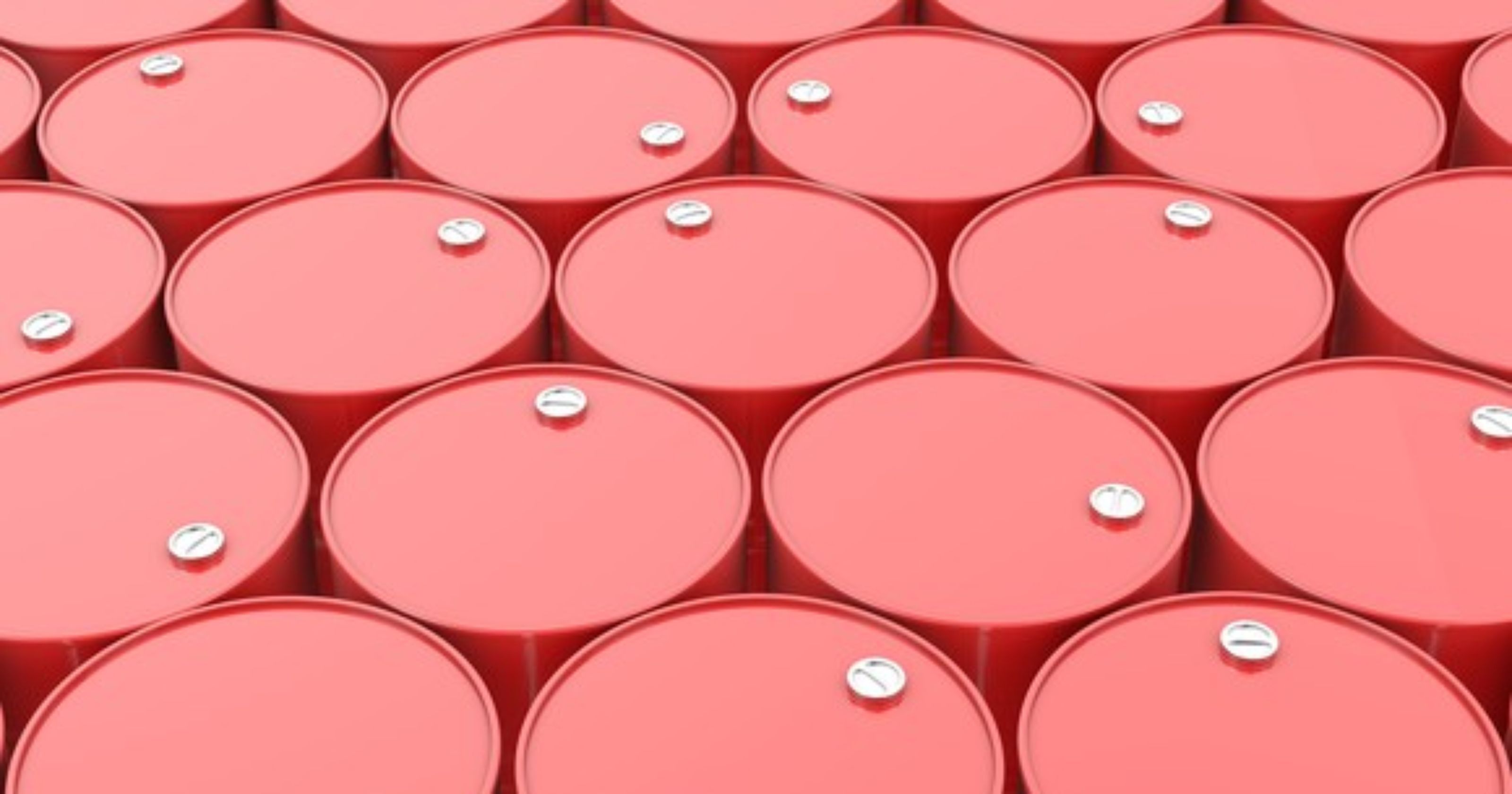2 min read
A Beginner's Guide to Crude Oil Options - Part II - Time Value
This post is the second in a series on crude oil options. This first post in the series can be found via the following link: A Beginner's Guide to...
2 min read
Mercatus Energy : May 20,2013
As we discussed A Beginner's Guide to Crude Oil Options - Part I & Part II, there are four primary factors that determine the price of crude oil, as well as refined product, options:
In our last post, we focused on the second variable, the time value of an option. Today we're going to address one of the other primary variables which determine the price of crude oil options, volatility.
Volatility is an important factor in the pricing of options. In fact, volatility is the key component to pricing an option as it is the only "unknown" variable in an option pricing model. Given the current market price of a crude oil option and knowing the other variables in the pricing model - the price of the underlying crude oil future or swap, the strike price, the time to expiration and interest rate - the remaining factor - the derived volatility - is implied by the option's price.
All else being equal, the price of a crude oil option will increase as the probability of the option(s) expiring in the money increases. As such, option sellers demand higher premiums for options when volatility is or is anticipated to be "high". On the other hand, when volatility is or is anticipated to be "low" the price of an option with be lower.
Historical volatility is calculated from the past movement of crude oil prices over a specified time period. Mathematically, historical volatility is computed as the standard deviation of the log of the changes in crude oil futures, and swaps, prices, expressed in percentage terms, on an annualized basis.
To put it another way, if the implied volatility of a crude oil option is 50%, it means that the market is saying that there is a 68.3% probability (one standard deviation) that a year from now, the underlying price (future or swap) of that option will be 50% higher or lower. Historical volatility is important because many traders use it as a tool for forecasting future volatility.
As mentioned previously, volatility is one of the most important variables when determining the price of a crude oil option. As an example, an August $105.00 ICE Brent crude oil option would currently trade for about $3.22/BBL, based on an implied volatility of 20%. As a comparison, the same option with an implied volatility of 10% would trade at nearly half the price, approximately $1.63/BBL. If volatility were higher, the same option with an implied volatility of 30% would trade for appoximately $4.79/BBL. It should be noted that these examples assume an underlying of $104.93, an expiration date of July 11, 2003 and an interest rate of 0.29%.
So, what does volatility mean in practice to a producer or consumer looking to hedge their exposure to crude oil prices with options? In essence, it means that when volatility is high you will pay for for an option than you would when volatility is low.
UPDATE: This post is the third in a series on crude oil options. The previous posts can be found via the following links:
A Beginner's Guide to Crude Oil Options - Part I - Strike Price
A Beginner's Guide to Crude Oil Options - Part II - Time Value
A Beginner's Guide to Crude Oil Options - Part IV - Interest Rates
2 min read
This post is the second in a series on crude oil options. This first post in the series can be found via the following link: A Beginner's Guide to...
2 min read
As we discussed in A Beginner's Guide to Crude Oil Options - Part I Part II & Part III, there are four primary factors that determine the price of...

3 min read
In a recent Bloomberg article, “In a Risky World, Oil Traders Bet on $100 a Barrel” the author explored how, “Some oil traders have started to gear...